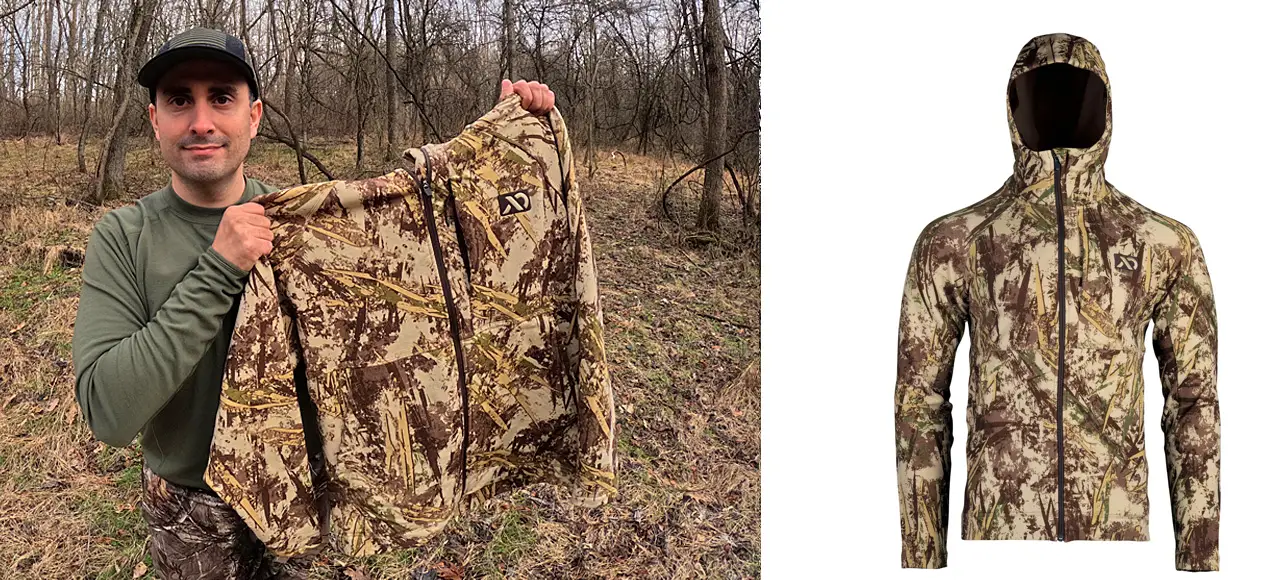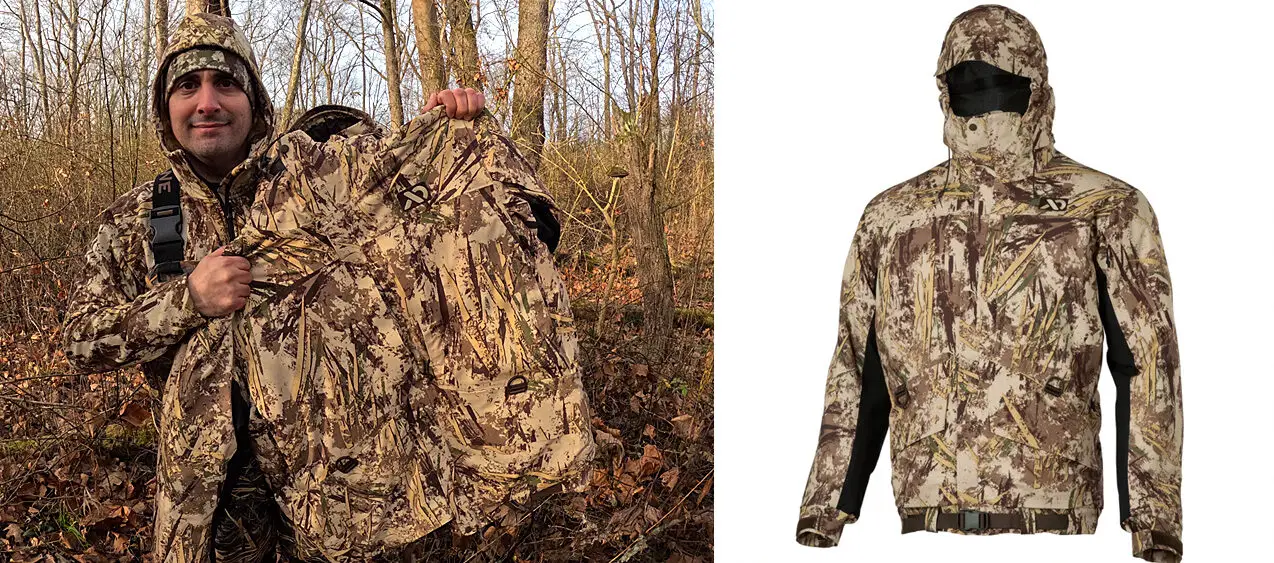This is your beginners guide to turkey hunting, starting at level 0. Of course, there is no way for one podcast to give you everything you need to know, but I do try to point you to everything you need to do from wanting to hunt turkeys to getting into the woods after them.
What does hunting pressure mean and how does the average hunter utilize this concept to improve their chances of a successful hunt? On this episode I dig into the science and practice of hunting pressure, dispel a few myths, and give some practical tools for how to be a more effective hunter.
Spring snow goose hunting is an adrenaline packed sport that not only enables you to extend your season but may give you the opportunity to hunt when little else is in season. On this podcast episode I talk about how get started hunting spring snows and what the initial tactics, gear, and costs look like. Get your FREE Tetra Hearing 2-Year Extended Service Plan. Simply add this plan to your cart when purchasing a Tetra Hearing device and use this code at checkout to make it free: NewHuntersGuide
This is a very interesting podcast topic! Is it ok to eat unclean game animals? What does the Bible have to say about eating unclean animals? Are there health concerns related to biblical dietary rules and ancient vs. modern-day food processing? I answer these questions and more for hunters on this episode.
If your wife, spouse, or significant other does not eat game meat there are always going to be reasons why. Some may be obvious, some may be harder to understand. But on this episode, I am going to help you systematically diagnose and change this unwelcome scenario. Yes, it is possible to get your wife onboard. No, it will not happen without effort. But you absolutely can get them to eat it and enjoy it, much of the time.
Today I talk with Nathan Owen, a master predator hunter who launched his own company LifeIsNowOutdoors.com that is dedicated to supporting predator hunters and providing the insights and gear they need to reach the highest levels of success. We talk strategy, guns, optics, gear, and everything you need to hunt predators, day or night.
Do you really need camouflage gear for every hunting situation? Are there times when buying gear that isn’t camo is actually better? Is black, green, or brown hunting gear just as good as camo? On this episode I am going to share some things you won’t hear in the marketing that can help you save some money.
On this episode I dive into the basics of goose hunting ammo. I cover topics about different metals and shot sizes as well as hunting styles and distances to help you make informed decisions about your goose hunting ammo selections. We will talk about steel ammo, bismuth, heavier than lead, and pure 18 gcc TSS ammo.
Disclaimer: First Lite gave me this hoody at my request to do this review, I receive discounts as an industry professional, and I earn from qualifying purchases using links to their site, thanks to them…
Disclaimer: First Lite gave me this parka at my request to do this review, I receive discounts as an industry professional, and I earn from qualifying purchases using links to their site, thanks to them…


